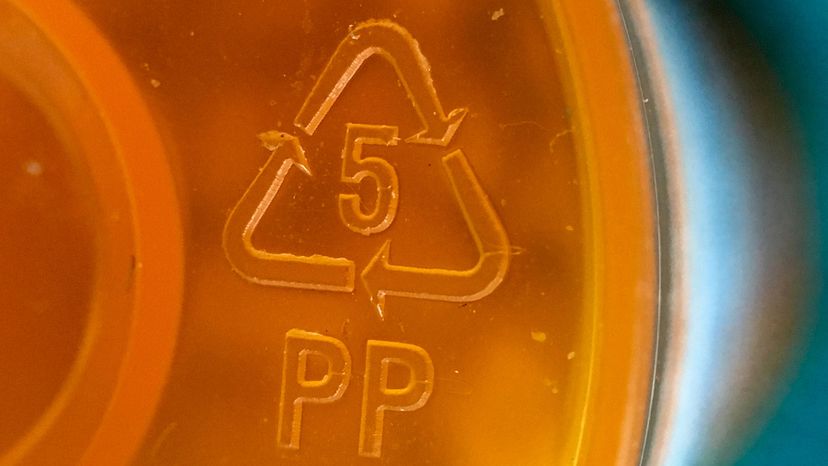First, we'll explore the seven categories of plastic and their characteristics [source: Seaman]:
- 1: Polyethylene terephthalate (often abbreviated as PET or PETE)
- 2: High-density polyethylene (HDPE)
- 3: Polyvinyl chloride (PVC)
- 4: Low-density polyethylene (LDPE)
- 5: Polypropylene (PP)
- 6: Polystyrene (PS)
- 7: Other
No. 1 Plastics
PETE are used for items such as plastic soda bottles, large plastic containers, water cooler bottles and cooking oil containers. It's the most common type of plastic and is meant for single use, rather than reuse.
No. 2 Plastics
HDPE typically contain liquids such as milk, cleaning fluids, laundry detergent and shampoo.
No. 3 Plastics
PVC is the base for any form of vinyl, from siding to seat covers. It was once commonly used to make trays that hold fruit and sweets and food wrap (like cling and aluminum foil). However, due to concerns about plasticizers (like phthalates) potentially leaching into food, many manufacturers are switching to other materials for food wrap, especially those intended for microwave use.
No. 4 Plastics
Plastic shopping bags and cling wraps are made from low-density polythene (LDPE).
No. 5 Plastics
Polypropylene (PP) is used in furniture, luggage, pill bottles, toys and plastic linings for diapers, cereal and yogurt cups.
No. 6 Plastics
Polystyrene (PS) is also used in toys, as well as in Styrofoam cups, takeout containers and hard packing.
No. 7 Plastics
Finally, this last one is a catch-all category for all other plastics, such as acrylic, nylon, baby bottles and fiberglass.
